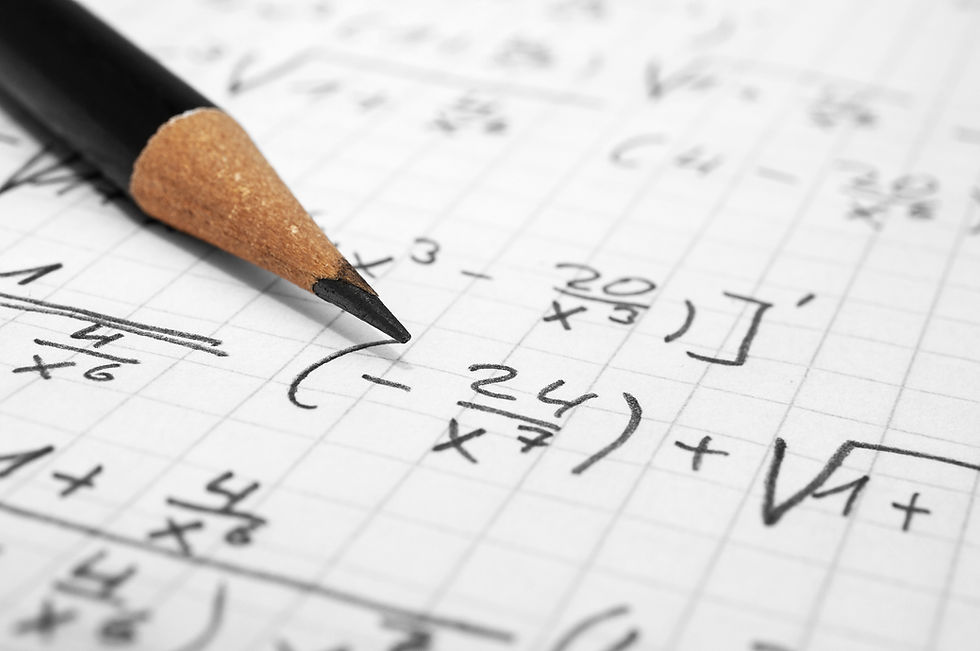🧠 Ada Lovelace: The Prophet of Machines
- Dez Lewis
- Oct 21
- 2 min read
Before Silicon Valley, There Was Ada
💡 Introduction: She Didn’t Just Calculate — She Composed
Long before Silicon Valley, before punch cards and processors, Ada Lovelace looked at a mechanical calculator and saw something radical: a machine that could think, create, and compose. In the 1840s, she wrote the first algorithm intended for a machine — making her the world’s first computer programmer.
But Ada wasn’t just a mathematician. She was a poet of logic, a visionary who saw the soul inside the circuit. Her work on Charles Babbage’s Analytical Engine imagined a future where machines could manipulate symbols, not just numbers — a concept that underpins modern computing.
🧵 Her Story: Logic, Lineage, and the Leap Beyond
Born in 1815 to the infamous poet Lord Byron and mathematician Annabella Milbanke, Ada was raised in a world of contradiction — poetic chaos and mathematical rigor. Her mother pushed her toward science to avoid her father’s “madness,” but Ada fused both worlds.
She collaborated with Charles Babbage, translating and annotating an Italian paper on his Analytical Engine. Her notes were longer than the original — and far more visionary. She described how the machine could be used to compose music, analyze data, and perform tasks beyond arithmetic.
Key Contributions:
Wrote the first published algorithm for a machine
Envisioned symbolic computation — the basis of modern programming
Predicted the potential for artificial intelligence and creative machines
🌌 Cosmic Commentary: Ada as Archetype
Ada Lovelace is the divine glitch in the patriarchal matrix. She is the cosmic coder who saw machines as mirrors of human imagination. In your Slacktivist Rebellion universe, she’s the patron saint of nonlinear logic, neurodivergent brilliance, and poetic systems design.
She reminds us that rebellion isn’t always loud — sometimes it’s written in elegant equations and annotated footnotes. Ada is proof that the future belongs to those who dream in both syntax and stardust.
🧨 Why She Was Erased
For decades, Ada’s contributions were dismissed as mere assistance to Babbage. Her algorithm was ignored, her vision minimized. It wasn’t until the 20th century that computer scientists began to recognize her as a foundational figure.
Reasons for Erasure:
Gender bias in scientific recognition
Misattribution of her work to male collaborators
Dismissal of visionary thinking as “impractical”




Comments